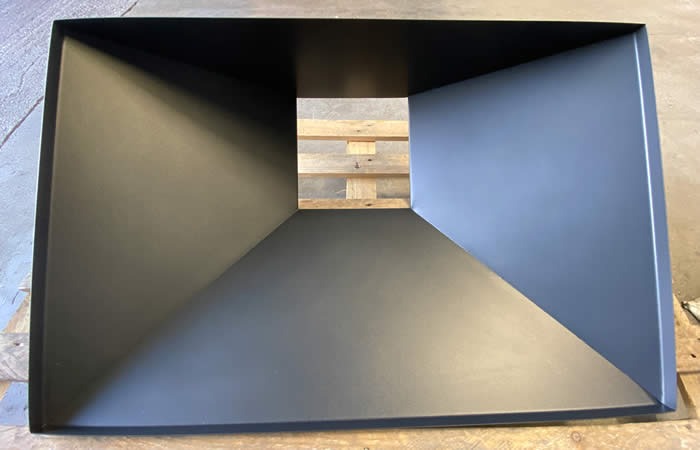Comparing Non-Stick Coatings: Teflon Versus Silicone
In the world of non-stick coatings, Teflon and silicone stand out as two of the most popular choices, each bringing distinct advantages and considerations to the table. This blog dives deep into the properties of both Teflon and silicone coatings, comparing their effectiveness, safety, cost, and suitability for different applications. Whether you’re outfitting a kitchen or specifying coatings for industrial use, understanding the nuances of these materials is key to making an informed decision.
Understanding Teflon and Silicone Coatings
Teflon, a brand name for PTFE (Polytetrafluoroethylene), has been used in cookware and industrial applications for decades, known for its high heat resistance and excellent non-stick properties. Silicone, on the other hand, is a flexible, rubber-like material that also offers non-stick qualities but operates within a different range of temperatures and conditions.
Effectiveness and Performance
Both Teflon and silicone provide excellent non-stick surfaces, but their effectiveness can vary based on usage:
- Teflon: Exceptionally smooth, handling high temperatures up to 260°C, making it ideal for cookware used on stovetops.
- Silicone: Performs well up to 230°C but excels in low-temperature applications, often used in bakeware.
Safety and Health Considerations
The safety of non-stick coatings has been a topic of discussion:
- Teflon: Concerns have been raised about PFOA (Perfluorooctanoic Acid), historically used in the manufacture of Teflon. However, Teflon products sold today are generally PFOA-free, aligning with stricter health regulations.
- Silicone: Regarded as highly safe and inert, silicone does not react with food or beverages, or produce harmful fumes.
Cost Implications
Cost can be a decisive factor:
- Teflon: Generally more cost-effective for the level of durability it offers, particularly in high-use scenarios.
- Silicone: Might come with a higher initial cost, especially for 100% food-grade silicone, which offers the best safety and quality.
Choosing the Right Coating for Your Needs
The decision between Teflon and silicone often comes down to specific application needs:
- Culinary Applications: Teflon is preferred for cooking at high temperatures, while silicone is ideal for baking and food storage.
- Industrial Applications: Teflon’s resistance to chemicals and extreme conditions makes it suitable for more demanding industrial environments.
FAQs
- Which is more durable, Teflon or silicone? Teflon generally offers superior durability, especially under high heat and frequent use.
- Can I use metal utensils with Teflon or silicone cookware? It is advisable to use wooden or silicone utensils to maintain the integrity of the coating.
- Are there eco-friendly options available for both types of coatings? Yes, both Teflon and silicone offer eco-friendly variants that minimise environmental impact without compromising performance.
Conclusion
Choosing between Teflon and silicone coatings depends largely on your specific needs, with each offering unique benefits. By understanding the distinct properties and applications of each, you can select the most appropriate, safe, and cost-effective coating solution for your

